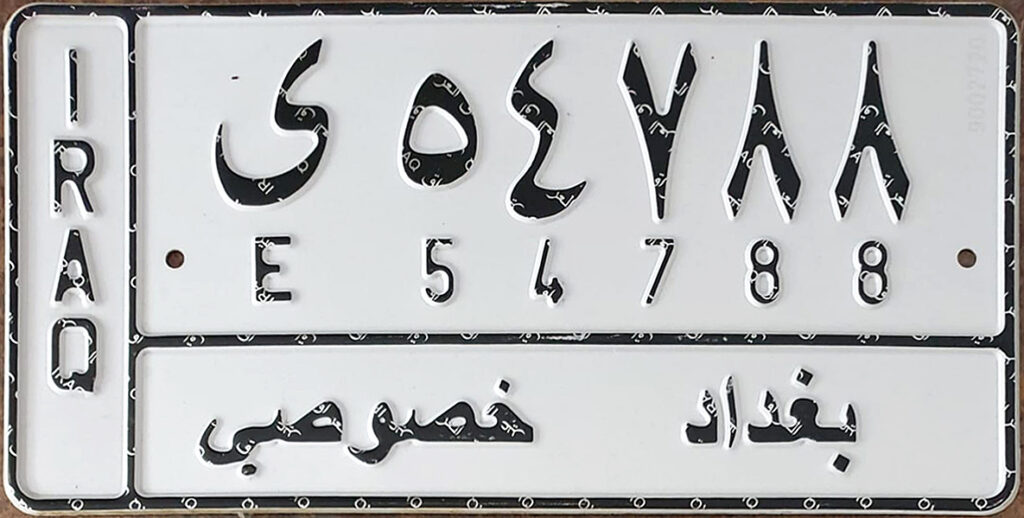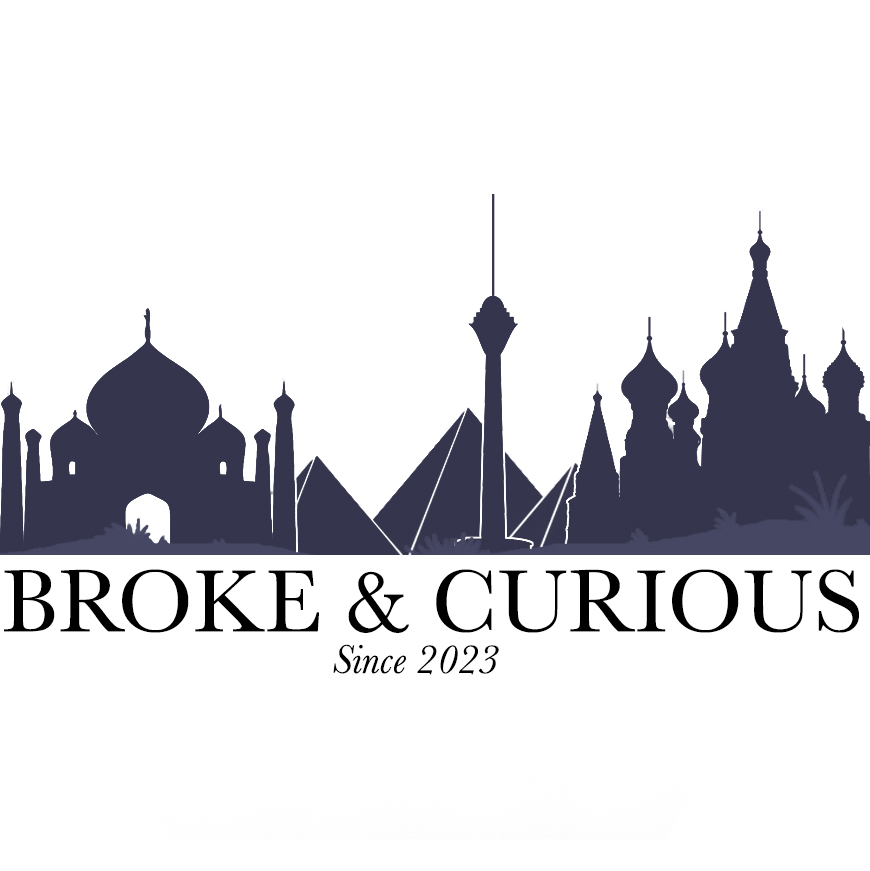
A lot of time in Iraq you can get by with these funny exchanges where people will talk to you in Arabic and you’ll talk in English and with a lot of pointing and laughing you’ll eventually come to the result you wanted in the conversation. Iraqis are extremely helpful and love tourists. Everything with tourists for the most part is a joke for them. They love that you came to their country and are embracing their culture.
If you want to have powerful interactions or your time in Iraq to be easier, I suggest learning some of the key phrases we have put together in this list. Not only will it make your travels easier in general but people will love that you know Iraqi phrases and words.
Modern Standard Arabic (MSA) is understood in Iraq but to Iraqis, you will sound a little robotic or formal. For those new to the Arabic language, MSA is the standard version of Arabic that is in books and major media but every Arabic-speaking nation has its own dialect that sometimes can differ a lot. To the point that people from Iraq can’t fully understand the Arabic spoken in Morocco.
Thank you to Khitam Kareem for the audio tracks to this guide.

Khitam Kareem
Baghdad- Iraq
How to read this guide
We have written this guide in a way that is easiest to read and say without having prior knowledge of Arabic language sounds. The format we have followed is as follows:
More correct Latin spelling – Arabic alphabet – How you would read it in an English way… Followed by an audio clip
For example:
*Shukran– شكرا – Shook-ran
Anything in this guide you see with the * symbol means that the phrase is MSA and is normal to use. If it doesn’t include this symbol it’s Iraqi dialect. This guide will focus purely on the Iraqi dialect.
Quick Tip
One last thing to be aware of if you know the Arabic alphabet reading this guide
چ – Ch like Ch in Chicken – What is this scary letter? This isn’t in Arabic? Correct, This letter is what happens when Iraq interacts with the Persian and Kurdish people. The letter چ is normal in Persian and Kurdish which the Iraqis have adapted it into their daily writing too.
پ – P like P in Pepsi – In the Arab world it isn’t Pepsi, It’s Bebsi since they don’t have the letter P in Arabic. But Persian and Kurdish do. Like چ the Iraqis sometimes use this letter. It is not has common as چ but non the less پ is worth mentioning
Hello
Helaw – هلو – Hel-low (Informal)
Marhaba – مرحبا (Formal and informal)
*Salamu Alaykum – سلامٌ عليكم – Salam-oo Alay-kum (Formal and informal)
Response to Hello
To Respond to someone saying Hello to you, you can either repeat what they said or in the case of “Salamu Alaykum”
Wa’ alaykumu al’salam* – وعليكم ٱلسلام – Wa alay-kum al salam
Goodbye
Bye bye – بيباي (Informal)
Bye – باي (Informal)
*Ma’assalama – مع السلامة – Ma As-salam-a (Formal and informal)
Response to Goodbye
To Respond to someone saying goodbye to you, you can either repeat what they said or you can say
Allah wiyak – الله وياك – Al-lah wi-yak (meaning “God is by your side”)
Thank you
Thank you
There are a few ways to say this and they are all correct and commonly used.
*Shukran– شكرا – Shook-ran (Most common)
Mashkoora – مشكورة – Mash-koo-ra (for female)
Mashkoor – مشكور – Mash-koor (for male)
Mamnoon – ممنون – Mam-noon (for the male first person singular)
Mamnoona -ممنونة – Mam-noon-a (for the male first person singular)
Tslemeen – تسلمين – Tes-la-meen (for female)
Tslem – تسلم – Tes-lem (For male)
Yes/ No
Yes
*Na’am – نعم – Na-am
Baly – بلي – Baly
No
*La – لا – La
How are you?
How are you? (There are 2 common ways)
Shlonich? – شلونچ؟ – Shlon-ich (for female)
Shlonak? – شلونك؟ – Shlon-ak (For male)
I’m good (2 main options)
Zean– زين -Zain
*Alhamdulillah – الحمد لله – Al-ham-dul-il-lah (Praise be to god)
Me
Ani – اني – Ani
You
Inti – انتي – Int-i (for female)
Inta – انتَ – Int-ah (For male)
You (plural)
Inten – انتن – ّInt-een (for female)
Intoo – انتو – int-oo (For male)
She
Heyeh – هي – he-yah
He
Whowa – هو – who-wah
They
Hina – هن – Hin-na (for female)
Huma – هم – Hum-ma (For male)
(If “They” are a mix of male and female “they” always takes the Male form)
What is your name?
What is your name?
Shinu ismich? – شنو اسمچ؟ – Shin-oo Is-mich (for female)
Shinu Ismek – شنو اسمك؟ – Shin-oo is-mek (For male)
My name is Benjamin
*Ismi Benjamin – اسمي بنجامين -Is-me Benjamin
How much is this?
How much is this?
Hadha ishgad sia’ara? – هذا شگد سعره؟ – Hath-a Ish-gad sia-ara
Where is the X?
Where is the X?
Where is the supermarket?
Wein al supermarket? – وين السوبرماركت – Wein al supermarket
Where is the restroom?
Wein al Hamam – وين الحمام – Wein al ham-am
Where is the Garage/ Car park?
Wein al Karaj – وين الكراج – Wein al karaj
I like X
I like Iraq
Ahab al iraq – احب العراق – Ahab- al Iraq
I don’t like traffic
888888
Food & Vegetarian
Food
*Akil – اكل – Ak-il
Water
*May – مي – May
Fruit
*Fawakih – فواكه – Fa-wak-ih
Meat
*Laham – لحم – La-ham
Vegetarian
*Nebaty – نباتي – Ne-baty
Where are you from?
Where are you from?
Inti Minean – انتي منين – Inti min-ein (for female)
Inta minean– انت منين – Inta min-ein (for male)
I am from Australia
Ani Min Australia – اني من استراليا – Ani min Australia
Numbers

Why learn the numbers?
Learning the numbers is important due to if you use ride-sharing apps such as Careem and Baly. The car registration will appear in Arabic and Latin numbers most of the time in apps like Baly it only uses Arabic numbers. It can also be useful in cafes/restaurants when reading a menu or when in a supermarket or bazaar when they have the price written down too.
*Reading car registration plates when in taxis or walking around can be a good way to practice. They follow the pattern of:
Letter – number -number – number -number -number
Vehicle type – City of registration
So in this photo:
E54788
Private – Baghdad
0- ٠ – sifr – صفر
1- ١ – wahid -واحد
2- ٢ – itnan -إثْنان
3- ٣ – talatah – ثَلاثة
4- ٤ – arba’ah – أربَعة
5- ٥ – khamsah – خَمْسة
6- ٦ – sittah – سِتّة
7- ٧ – sab’ah – سَبعة
8- ٨ – thamaniyah – ثَمانية
9- ٩ – tis’ah – تِسعة
10- ١٠ – ashrah – عَشْرة
Although it may seem daunting to learn, I managed to work out an easy way to memorise them.
- ١ – Is one because it looks like 1
- ٢ – 2 only has one hook
- ٣ – 3 has 2 hooks can look like a 3 when placed sideways
- ٤ – looks like a backwards 3
- ٥ – looks like a strange 0
- ٦ – looks like a incomplete 9
- ٧ – The word seVen has a V in it
- ٨ – Comes after seven but isn’t quite a V
- ٩ – same as 9
